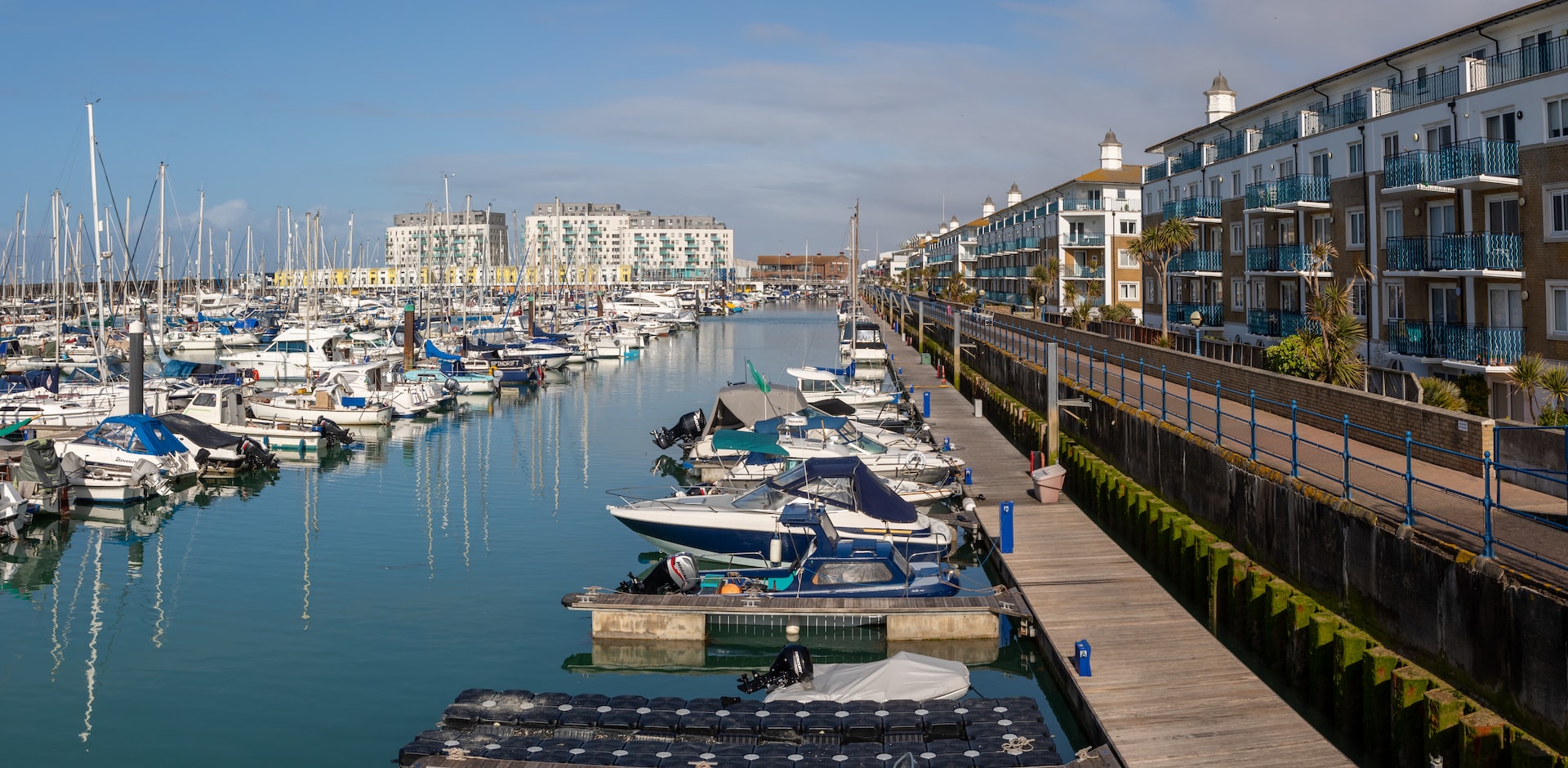A motorboat is an engine-powered boat with a motor that provides propulsion. A motorboat typically has a cabin, which provides shelter for the operator and passengers.
Every boat needs to have power to move and that’s where the engine comes in. The engine converts fuel into energy, which is then used by other parts of the boat to move it forward.
The propeller is what pushes water backwards in order to create thrust, which is what moves the boat forward. The type of propeller determines how fast or slow the boat goes as well as how much thrust it creates.
There are four main types: fixed-pitch, controllable-pitch, feathering, and skegless. Fixed-pitch propellers always have a constant pitch, while controllable-pitch propellers allow the pitch to be adjusted. Feathering propellers have curved blades that reduce drag, while skegless propellers are designed to reduce drag by directing the thrust straight down.
Chapter 1: The Basics of Motorboats
A boat is a watercraft that has a hull, a deck, one or more masts, and at least one sail.
Boats are used for transportation or recreation. They can be used for fishing and hunting. They can also be used in warfare. Boats were the first watercrafts because they were made to go over the ocean and rivers.
Boat is a type of vehicle that travels on water by using wind power to propel it forward through waves or against currents. A boat has a hull which is the main body of it, deck which is the top part of it where people stand on while sailing and masts which are tall poles that support sails to catch wind power and move the boat forward. Boats have at least one sail attached to its mast so that it can catch wind and propel the boat forward. Boats are used for recreational, leisure and transportation purposes. Fishing Boat is a type of boat that is designed to be used with fishing gear to catch fish or other aquatic animals such as dolphins or seahorses. A fishing boat is usually made out of metal which can rust easily if it comes in contact with
Chapter 2: The History of the Modern Motorboat
The history of the modern motorboat is a story of innovation and invention. The first motorboat was built in 1837, but it was not until 1859 that the first successful engine was created for a boat. In 1878, John W. Garrettson became the first person to use an internal combustion engine to power a boat, which he did on his own houseboat on the Ohio River. From the 1860s, navigation by motorboat became popular with luxurious steam-powered yachts and in 1883, James Watt built the first practical submarine for military use.The period from about 1890 until 1914 is considered to be the Golden Age of Motorboats. The development of engines and boat design during this time created a boom in their popularity. More than 1,000 motorboats were built in the United States in that year alone. By the 1920s, motorboats had become a common mode of transport for pleasure cruising. Motorboating was one of America’s first mass-marketed leisure activities and it was a symbol of freedom. In 1935, the British government passed legislation limiting speed to 40 miles per hour.
How To Operate A Boat – Everything You Need To Get Started
Chapter 3: Common Types of Motorboats
The types of motorboats are classified by the means of propulsion. There are different types such as, outboard motor boats, inboard motor boats, and electric motorboats.
- Outboard Motor Boats: These boats are powered by an outboard engine. The engine is mounted on the back of the boat and is connected to a propeller that provides thrust for the boat to move through water. Outboard motors can be gas or diesel-powered.
- Inboard Motor Boats: These boats are powered by an inboard engine which is mounted inside the hull of the boat and connected to a propeller that provides thrust for the boat to move through water. Inboards can be gas or diesel-powered.
- Electric Motorboats: These boats use electric power from batteries or solar panels.
You may also like:
- Boating Safety and the Benefits of Outboards
- The Complete Guide to Long Boats for a Fun Day on the Water

